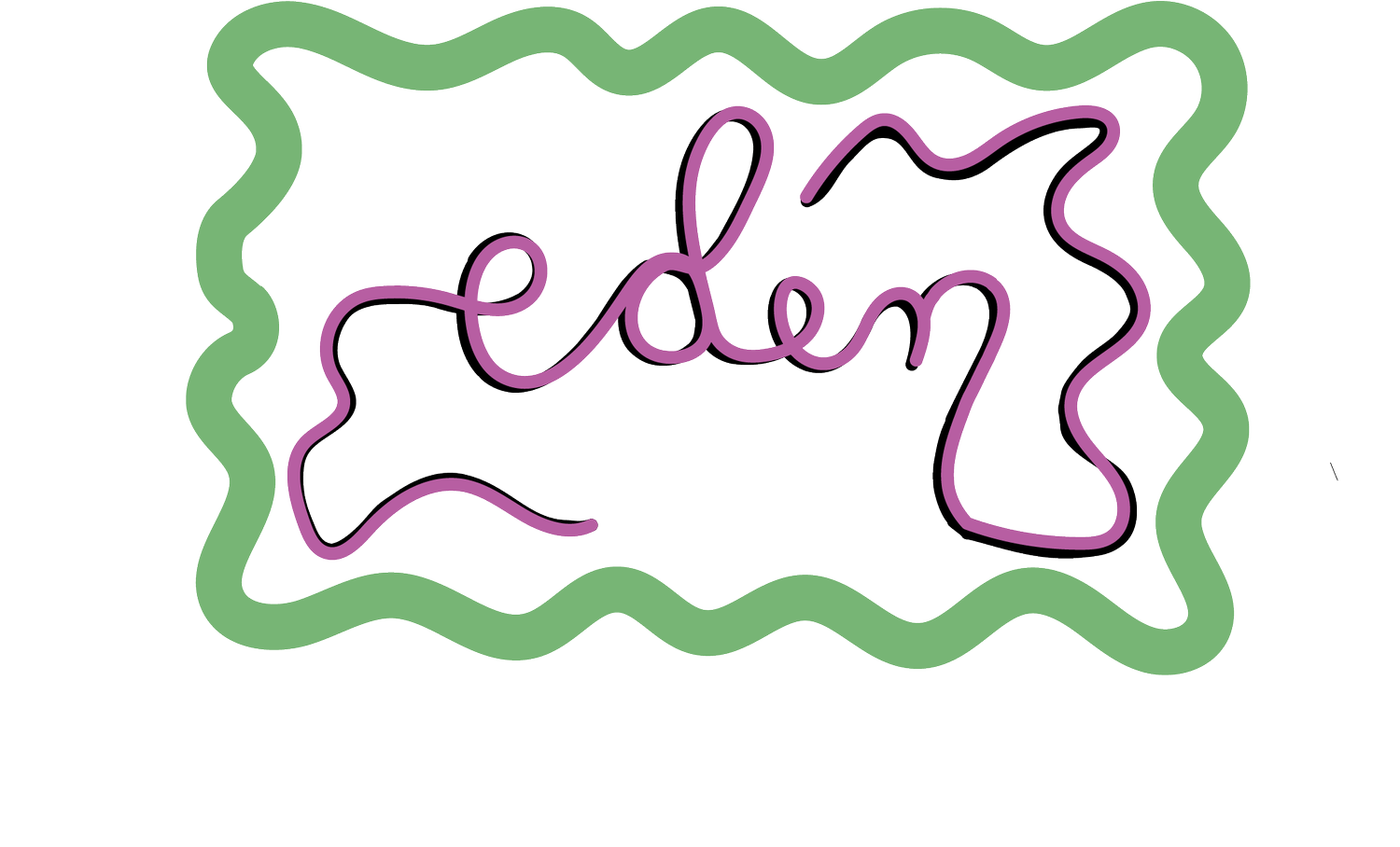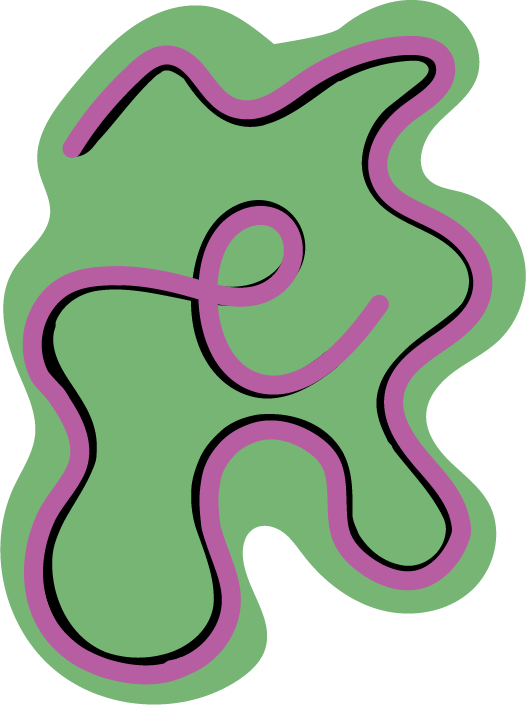Perfect Indigo Blues for my Perfect Baby Boy
As you can probably assume, most of my attention lately has been focused on the little one I’ve been growing. It’s a lot of work building a nursery, and taking the classes, and preparing for a newborn, all with half the energy you used to have! Needless to say, my creative spark seems to have taken the summer off. I’m also trying to pair down my craft supply stash, so it feels counterintuitive to start a new project with new supplies right now.
The very few creative projects I have gotten around to are all baby related and used up some supplies I already had or wanted to get rid of. In this case: Indigo Powder.
Last summer when I first got into natural dying, I ordered a packet of organic indigo powder from Dharma Trading Co. At this point I hadn’t done any research on dying with indigo but I was ordering some other materials anyways so I just added the indigo to my order. Spoiler alert: that packet sat idle among my dye stuffs for almost a year. Dyeing with indigo powder is a much different process than using other dye materials. You need to make an indigo vat, which requires different materials all together.
There are many methods to creating an indigo vat and each method yields slightly different results. I chose to create a Fructose Indigo Vat using the 1-2-3 ratio method.
The recipe is basically 1 part Indigo Powder, 2 parts Calcium Hydroxide and 3 parts Fructose Crystals. All these ingredients are food grade and non toxic. Indigo doesn’t even require a mordant for the color to last — however, I do recommend scouring your textiles, especially if you’ve purchased them new for this project.
The amount of each ingredient you use is calculated based on your quantity of water and your desired shade of blue. I chose to stick with a “light/medium” shade vat. The indigo dying process requires multiple dips, so you can always create a lighter or darker shade of indigo with a medium vat by adjusting the length and frequency of dips.
Measure out Ingredients
Calculate how much water will fit in your dye bucket, leaving room to dip your fabric. I like using a 5 gallon bucket with a lid for easy storage and have determined 15L of water is usually pretty good.
For a light/medium vat, I used 3 grams of indigo powder per liter of water (45g).
Multiply this by 2 to determine how much calcium hydroxide to use (90g)
Multiply the amount of indigo by 3 to determine how much fructose powder to use (135g)
Setting Up The VaT
Start by heating15 liters of water to 180 degrees F. Place 13L into the dye bucket and reserve the remaining 2 liters to dissolve the ingredients.
Wet out your indigo powder in a plastic container and stir to dissolve. Add this to your vat and rinse the container to get all the color out.
Wet out and dissolve the fructose and add to the vat.
Wet out the calcium hydroxide and add to the vat.
Use a long wooden dowel to stir the indigo vat for 2-3 minutes. Eventually, a cluster of bubbles called an Indigo Flower will “bloom” and rise to the surface.
When you’re done stirring, remove your dowel slowly adding as little oxygen as possible. Then, leave the vat to settle for about 30-45 minutes. It’s ready to start dyeing when the top layer of your vat is a clear/ amber colored liquid (you can check this by collecting a small amount from the top layer with an eye dropper or a spoon.)
The indigo dyeing process requires multiple dips, with time in between for the fabric to oxidize and rest. When you dip your fabric in the vat and remove it, it will be a greenish color that slowly turns to blue as it interacts with oxygen. This process happens within seconds and its so fun to watch!
The Dyeing Process
Start by soaking your scoured textiles in lukewarm water for at least 20 minutes.
Remove a piece of fabric from the water and fully submerge it into the indigo vat. Use your hands to gently agitate the textile under the liquid until the length of your dip is complete.
Each piece of fabric needs at least 3 dips and each dip should be at least 30 seconds. Use scrap fabrics and experiment to determine the best combination for your ideal blue!
My favorite blue was the result of 3-5 30 second dips.
At the end of your dip, wring the fabric it out under the water so it doesn’t drip too much when you remove it (remember: don’t add excess oxygen!) Lay your fabric out as flat as possible until the blue color has developed and there is no green left before continuing the following dips.
When your textiles have been dyed, hang them to dry completely. Rinse your fabric until the water runs clear, then wash it with pH neutral soap.
When you’re finished dyeing for the day, you can cover the indigo vat and store it at room temperature indefinitely. The color will actually deepen with time as it sits.







